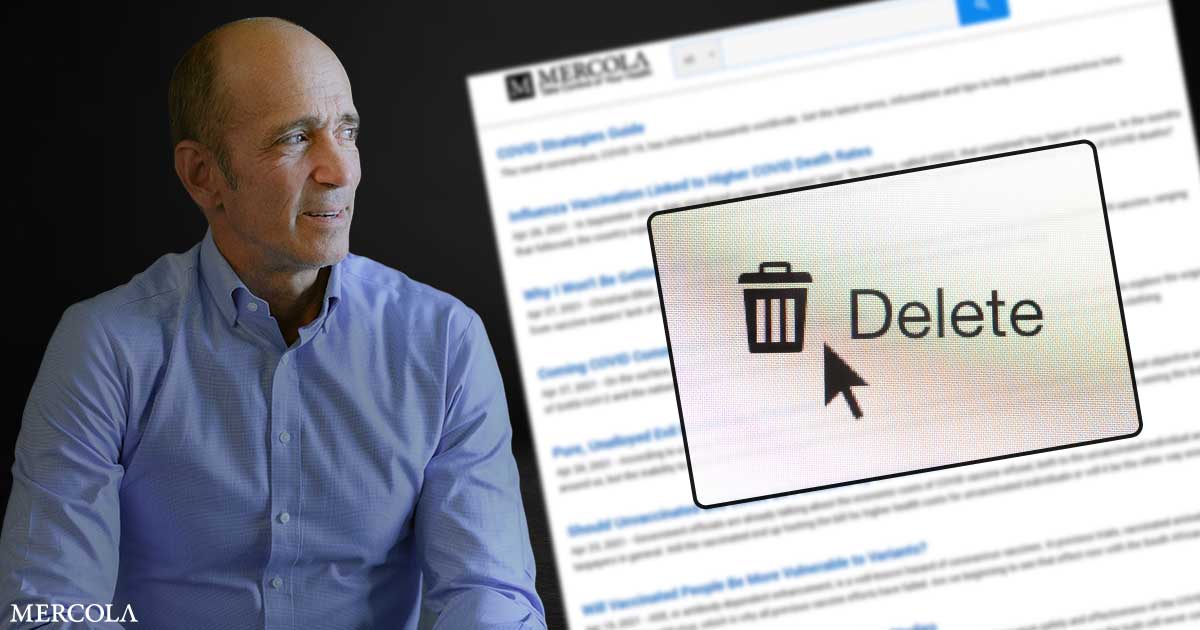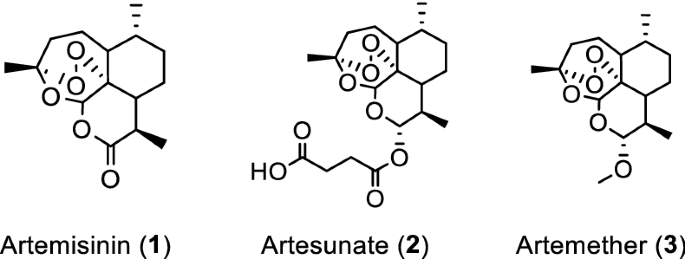Abstract
Zinc is an important trace metal in immune systems, and zinc transporters are involved in many immune responses. Recent advances have revealed the structural and biochemical bases for zinc transport across the cell membrane, with clinical implications for the regulation of zinc homeostasis in immune cells like dendritic cells, T cells, B cells, and mast cells. In this review, we discuss the function, structure, and transport aspects of two major mammalian zinc transporter types, importers and exporters. First, Zrt-/Irt-like proteins (ZIPs) mediate the zinc influx from the extracellular or luminal side into the cytoplasm. There are 14 ZIP family members in humans. They form a homo- or heterodimer with 8 transmembrane domains and extra-/intracellular domains of various lengths. Several ZIP members show specific extracellular domains composed of two subdomains, a helix-rich domain and proline-alanine-leucine (PAL) motif-containing domain. Second, ZnT (zinc transporter) was initially identified in early studies of zinc biology; it mediates zinc efflux as a counterpart of ZIPs in zinc homeostasis. Ten family members have been identified. They show a unique architecture characterized by a Y-shaped conformation and a large cytoplasmic domain. A precise, comprehensive understanding of the structures and transport mechanisms of ZIP and ZnT in combination with mice experiments would provide promising drug targets as well as a basis for identifying other transporters with therapeutic potential.
--
1. The Role of Zinc Transporters in Immune Cells
Zinc plays critical roles in the immune system, and its transport proteins, called zinc transporters, are reportedly involved in many immune responses [1, 2]. Two types of zinc transporters are conserved in mammals: Zrt-/Irt-like protein (ZIP) zinc transporters, which increase cytoplasmic zinc level by zinc import, and ZnTs (zinc transporters), which decrease cytoplasmic zinc level by zinc export [1].
ZIP6 and ZIP10 were initially reported as the key mammalian zinc transporters in the regulation of immune cell function [3]. Dendritic cells (DCs) that are differentiated from hematopoietic bone marrow progenitor cells play important roles in presenting antigens to T cells as messengers between the innate and the adaptive immune systems [4]. When DCs are exposed to lipopolysaccharides (LPS), a ligand for toll-like receptor 4 (TLR4) is fragmented from the outer membrane of gram-negative bacteria, and intracellular zinc level is drastically decreased for maturation [3]. LPS stimulation activates the TLR4-TRIF axis, resulting in downregulation of zinc importers ZIP6 and ZIP10 and upregulation of zinc exporters Znt1 and Znt6. Similar to LPS, the zinc-chelating reagent, TPEN (N,N,N,N-tetrakis (2-pyridylmethyl)-ethylenediamine), induces a significant upregulation of the surface expression of the major histocompatibility complex (MHC) class II and CD86, leading to DC maturation. ZIP6 is also an important molecule in CD4 T cells [5]. CD4 T cells are white blood cells that mature in the thymus from thymocytes and play a central role in humoral immunity [6]. CD4 T cells express the T cell receptor (TCR) on their surface, which recognizes antigenic peptides bound to MHC-α in DCs or other antigen presenting cells. TCR activation induces naïve CD4 T cells to differentiate into several T cell subsets including Th1, Th2, Th17, and Treg cells. When TCR signaling is activated by DCs, the ZIP6-mediated zinc level at spatially restricted regions near the immunological synapse between T cell and DC is increased [5]. This zinc accumulation inhibits tyrosine phosphatase SHP-1 recruitment for the negative regulation of TCR signaling, leading to the activation of the TCR-LCK-ZAP70 pathway for cell proliferation and cytokine production. TCR activation induces ZIP8 expression in human T cells [7]. ZIP8 is localized to the lysosomal membrane to transport zinc from the luminal side to the cytoplasm of T cells during TCR activation. An increased ZIP8-mediated zinc level blocks calcineurin activity, thereby mediating the phosphorylation of CREB for IFN-gamma transcription. This result supports several well-known reports that zinc deficiency reduces the production of cytokines such as IL-1, IL-2, and IFN-γ [7–10].
Recent advances have demonstrated that ZIP8 is important in various immune cells associated with innate immune function [11]. NF-κB, a central transcription factor that regulates innate immune responses including proinflammation pathways, regulates ZIP8 expression in monocytes, macrophages, DCs, and nonprofessional cells such as lung epithelia. When TNF-α and LPS bind to their receptors, IκB kinase (IKK) is activated, leading to IκBα protein phosphorylation. Phosphorylated IκBα is then dissociated from NF-κB, which activates NF-κB to translocate to the nucleus for the transcription of cytokines and ZIP8. ZIP8-mediated zinc upregulation inhibits IKK upon binding to a specific site within the kinase domain. Thus, ZIP8 negatively regulates the NF-κB pathway, indicating that the zinc-ZIP8-NF-κB axis plays crucial roles during host defense.
B cells play central roles in the adaptive immune system by producing antibodies. Though ZIP10 is enriched in the epidermis for epidermal progenitor survival [12, 13], ZIP10 is also essential for B cell survival and proper functioning [14, 15]. ZIP10-depletion during early B cell development induces a significant reduction in the B cell population by increasing apoptosis [15]. In the normal state, ZIP10-mediated intracellular zinc efficiently inhibits caspases. However, when ZIP10 is depleted, intracellular zinc level is decreased, leading to the activation of caspases for apoptosis. ZIP10 is also important for B cell antigen receptor (BCR) signaling [14]. ZIP10-depleted mature B cells proliferated poorly after BCR cross-linking due to the dysregulation of BCR signaling. In these cells, CD45R phosphatase activity for BCR signaling is reduced. Taken together, ZIP10 is indispensable for immature and mature B cell maintenance for humoral immune responses. Interestingly, in the chicken DT40 cells, ZIP9 is crucial for BCR signaling by regulating AKT and ERK [16].
The zinc transporter can indirectly modulate immune responses. Although ZIP4 is also expressed in the human epidermis [17], it is mainly expressed in the brush border of the small intestine for zinc uptake from diet [18]. Thus, mutations in ZIP4 lead to a zinc deficiency in the body. Though ZIP4 is expressed in intestinal enterocytes, mutations in ZIP4 leads to acrodermatitis enteropathica (AE), a type of skin disease involving blistering of the skin and enhancement of bacterial infection. In AE patients and mice with zinc-deficient diets (ZD), the skin pathogenic mechanism is associated with Langerhans cells (LCs) [Ed.: tissue-migrated Macrophages] [19]. Zinc deficiency leads to an impaired production of TGF-β1, which is essential for LCs, leading to, at least in part, LC loss. Zinc deficiency itself could increase the apoptosis rate, further leading to LC loss in the skin of AE patients and ZD mice. The loss of LCs increases the accumulation of adenosine triphosphate (ATP), released from damaged keratinocytes, in the epidermis, leading to irritant contact dermatitis. Similarly, zinc transporters restricted to normal human cells, except immune cells, can mediate immune responses since normal human cells release many cytokines and compounds that can stimulate immune cells.
Many studies have highlighted the importance of the ZIP members in immune response; however, relatively little information about the ZnT members is available. ZnT5-mediated zinc homeostasis in allergic response is a well-known phenomenon. ZnT5-depleted mast cells show reduced Fc epsilon receptor I- (FcϵRI-) induced cytokine production [20]. ZnT5 regulates FcϵRI-induced translocation of protein kinase C (PKC) to the cell membrane for NF-κB-dependent cytokine production. In addition, ZnT8, which is expressed in β cells and associated with diabetes [21, 22], may modulate immune cells since diabetes disturbs the body’s immune system.
Taken together, zinc transporters play indispensable roles in immune cells. Therefore, understanding the structure and transport mechanism of zinc transporters could offer new approaches to develop drugs to treat immune dysfunction-related diseases.
--
.2. Structural Overview
Among 14 mammalian ZIP family members, only ZIP13, a LIV-1 subfamily member, has been successfully purified from an insect overexpression system owing to bottlenecks in the overexpression and purification procedures for other mammalian ZIPs [23]. For precise biochemical and structural analyses, prokaryotic ZIPs have been applied to mammalian ZIP research. ZIPB from Bordetella bronchiseptica was overexpressed, purified from Escherichia coli, and crystallized to determine the X-ray crystal structure [27]. The crystal structure of ZIPB revealed a novel 3 + 2 + 3-TM architecture; the first 3 TMs (TM1 to TM3) can be superimposed on the last three TMs (TM6–8) by rotating 180°, and TM4 and TM5 are symmetrically related and sandwiched by the two 3-TM repeats. This feature is unique among transporters.
---
2.6. Transport Mechanism
The zinc transport mechanism is still controversial and depends on the type of ZIP. Early cell-based assays using isotopes have revealed that zinc flux via ZIP2 is time-, temperature-, and concentration-dependent and saturable with an apparent of 3 μm in transfected K562 erythroleukemia cells [32]. ZIP2 activity was not affected by ATP, K+, or Na+ gradients, but was significantly stimulated by HCO3− treatment with high affinity to the first zinc and the next cadmium, suggesting a Zn2+-HCO3− symporter mechanism [32]. ZIP8, which is involved in cadmium-induced toxicity in the testis [33], shows a Mn2+-HCO3− symporter mechanism in ZIP8 cDNA-stable retroviral-infected mouse fetal fibroblasts in physiological conditions [34]. Previous reports have shown that the for Cd2+ uptake by ZIP8 is 0.62 μM, and the for Mn2+ uptake is 2.2 μM with a low affinity to Zn2+. However, ZIP8 shows a Zn2+-HCO3− symporter mechanism with an influx of two HCO3− anions per one Cd2+ (or one Zn2+) cation, that is, electroneutral complexes, in an electrogenicity study of ZIP8 cRNA-injected Xenopus oocytes [35]. Cadmium (Cd2+) and zinc (Zn2+) uptake have values of 1.8 ± 0.08 and 1.0 ± 0.08 pmol/oocyte/h, and values of 0.48 ± 0.08 and 0.26 ± 0.09 μM. Many other metal transporters on the surface of mammalian cells might obscure these effects. Xenopus oocytes have negligible amounts of interfering transporters, but proper protein folding and distribution are sometimes a bottleneck in the determination of the precise transport mechanism. To resolve this issue, a proteoliposome-based kinetic analysis using purified ZIPB, a prokaryotic ZIP, has been applied to determine the transport mechanism. Similar to a zinc-selective channel, zinc flux via ZIPB was nonsaturable for a zinc concentration of up to 2 mM and was electrogenic [36], and this transport mechanism is consistent with ZIP2 [37]. However, this is inconsistent with the results of previous cell-based and electrogenic analyses, further emphasizing the lack of clarity regarding the zinc transport mechanism of mammalian ZIPs.
--
3. Structure of ZnTs
3.1. ZnT Family
ZnTs belong to a superfamily of cation diffusion facilitators (CDF) observed in a wide range of taxa, including plants, bacteria, and fungi[38]. In mammals, at least 10 ZnT members have been identified [1, 38].
--
3.3. Zinc Binding Site and Oligomerization
Each YiiP monomer in the crystal structure has three Zn2+ binding sites [39, 45] (Figure 2). For transport across the lipid bilayer, Zn2+ is located in the center of the TMD by tetrahedral coordination via four residues from Asp45, Asp49 in TM2 and His153, and Asp157 in TM5. This coordination indicates that Zn2+ is completely surrounded by amino acid residues from TMs, and not by any other outer-shell constraints, like a water molecule. Thus, no breaking of the outer shell is needed to mediate Zn2+ release and accordingly little reorientation of TM2-TM5 could efficiently induce Zn2+ binding or release. The tetrahedral coordination prefers Zn2+ and Cd2+, not Fe2+, Ca2+, Mn2+, and so on, further suggesting that YiiP is a zinc transporter.
--









